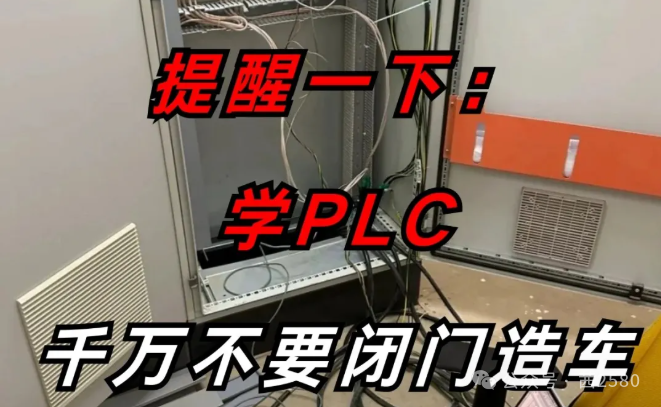
PLC Display Module: Configuration of Status Monitoring Panel for Clear Device Operation!
Introduction
“Master, the production line No. 3 has alarmed again! But this time all the fault lights are on, and I can’t tell where the problem is!” Is this a complaint you often hear in the workshop? Today, I want to share a solution that makes the device status “clear at a glance” — the configuration of the PLC display module’s status monitoring panel. By reasonable configuration, it can not only reduce fault troubleshooting time by 70% but also allow operators to have a clear understanding of the device’s operating status! Want to know how to achieve this? Let’s explore together!
Why Do We Need Professional Display Modules?
Imagine driving a car where the dashboard only has a red warning light, but it doesn’t tell you whether you’re out of fuel, the engine is overheating, or the tires are under pressure — this is the current state of many factory equipment monitoring! Traditional PLC indicator lights and simple displays have three major pain points:
-
Fragmented Information: Fault codes are scattered across different modules, requiring manual reference to the manual for interpretation.
-
Delayed Response: By the time the alarm light comes on, it may have already caused product scrap.
-
Experience-Dependent Operation: Only veteran employees can determine the type of fault from the flashing frequency.
Professional display modules are like equipping devices with a “smart cockpit”:
-
Blue area displays normal operating parameters (temperature/pressure/speed)
-
Red area highlights abnormal indicators
-
Yellow area provides early warning of potential risks
Analysis of Mainstream Display Module Types
1. Text Display (TD Series)
Applicable Scenarios: Simple equipment status monitoring
Advantages:
-
Low cost (about 1/3 the price of a regular HMI)
-
Supports custom alarm messages (e.g., “Hydraulic pump A pressure insufficient”)
Case Study: After adding the TD400C to a packaging machine, operators can directly see the clear prompt of “Sealing temperature too low”, reducing fault response time from 15 minutes to 2 minutes!
2. Touch Screen HMI (KTP/TP Series)
Applicable Scenarios: Monitoring complex process flows
Key Features:
-
Dynamic Flow Chart displays real-time device operating status
-
Trend Chart records changes in key parameters (e.g., 24-hour temperature curve)
-
Recipe Call function (switch production models with a click on the screen)
Actual Effect in an Automotive Welding Workshop:
Through the KTP1200 screen’s multi-level menu design, even novice operators can find:
- Current welding parameters
- Historical fault records
- Device maintenance countdown
3. Industrial Tablet PC
Advanced Features:
-
Monitor multiple PLCs simultaneously via OPC UA protocol
-
Remote access feature (engineers can diagnose faults from the office)
-
Video monitoring integration (e.g., observing injection molding machine mold status)
Golden Configuration Rules for Status Monitoring Panels
▶ First Visual Layer: Key KPI Dashboard
-
Use analog gauge dials to display core parameters (speed/pressure)
-
Digital Labels must include:
-
Current value (blue)
-
Set value (black)
-
Deviation percentage (red highlights for out-of-range situations)
▶ Second Logical Layer: Device Status Matrix
| Icon | Meaning | Trigger Condition |
|——-|——-|——-|
| ![Running] | Motor running | Speed>100rpm |
| ![Alarm] | Temperature abnormal | Actual value>set value 15% |
| ![Maintenance] | Needs lubrication | Running hours>500 |
▶ Third Detail Layer: Diagnostic Information Tree
1. Main Power Status
├─ Voltage: 380V (Normal)
└─ Current: 45A (Warning: +8% compared to baseline)
2. Pneumatic System
├─ Pressure: 0.6MPa
└─ Filter Remaining Life: 120h
Pitfall Guide: 5 Common Mistakes Made by Beginners
-
Information Overload: Piling all 200 variables on the homepage → Should follow the **”3-second rule”** (operators must find key information within 3 seconds)
-
Color Misuse: Using 7 colors to distinguish states → In fact, only need:
-
Red: Fault/Shutdown
-
Yellow: Warning/Standby
-
Green: Normal operation
Ignoring Night Shift Needs: Not configuring backlight auto-adjustment, leading to reflections that make it hard to see at night
Lack of Historical Traceability: Not configuring data recording function, making it impossible to find trend data during fault analysis
Touch Targets Too Small: Button size <15mm², impossible to operate while wearing gloves
Practical Case: A Glamorous Transformation in an Injection Molding Workshop
Comparison before and after the renovation of an appliance parts factory:
| Indicator | Before Renovation | After Renovation |
|——-|——-|——-|
| Fault Response Time | 25 minutes | 4 minutes |
| Misoperation Frequency | 3-5 times per week | <1 time per month |
| OEE Equipment Overall Efficiency | 68% | 89% |
Key Renovation Points:
-
Create a mold life counter on the KTP700 screen
-
Set up automatically changing colors for the hydraulic pressure indicator bar
-
Add audible and visual alarm for emergency stop button status indication
Interactive Discussion
-
What is the most user-friendly display module you have used? What is its killer feature?
-
When configuring the monitoring interface, how do you balance completeness of information and interface simplicity?
-
Have you ever encountered misoperation accidents due to display issues? How did you resolve it later?
Conclusion
A good status monitoring panel is like equipping devices with “talking eyes” — it not only reflects the health status of the equipment in real-time but also transforms obscure PLC data into intuitive production language. Remember:Behind the “clear at a glance” is a carefully designed visualization logic!
Next time you walk through the workshop and see operators frowning at the screen, ask yourself:“Does this interface really tell the story of the equipment clearly?” Feel free to share your visualization design insights in the comments!
ShareSaveViewLike